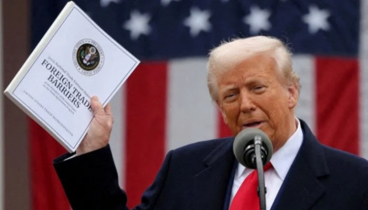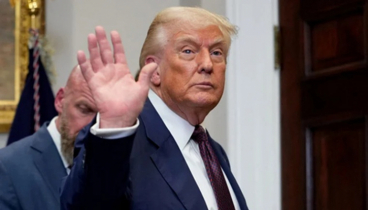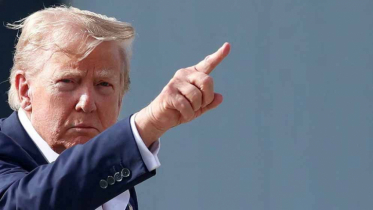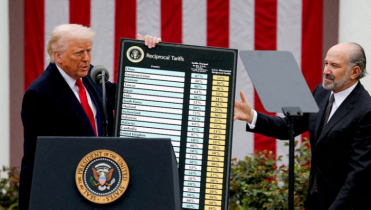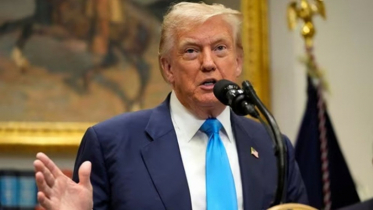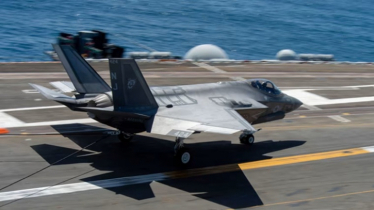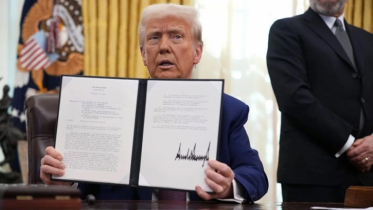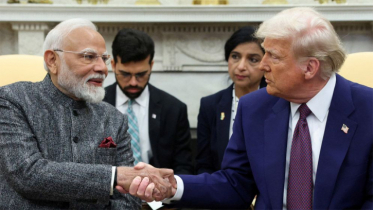Trump Announces Major U.S.-Japan Trade Deal
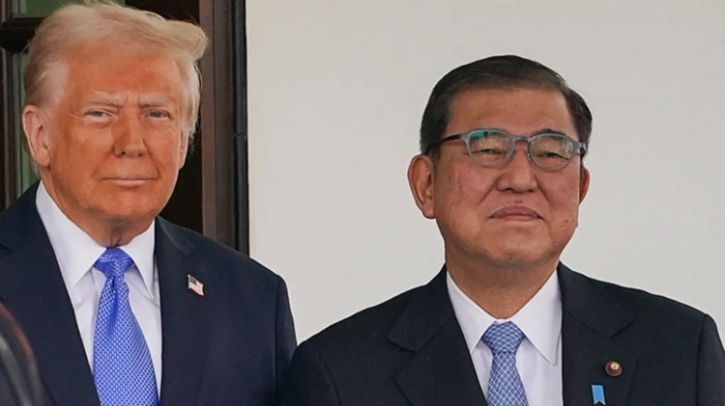
Published : 20:27, 23 July 2025
President Donald Trump has announced what he called the "largest trade deal in history" between the United States and Japan, claiming it will significantly boost American manufacturing and reduce trade imbalances.
Under the agreement, Japan has pledged to invest $550 billion in the United States, while its exports to America—especially vehicles and parts—will be taxed at 15%, avoiding the previously threatened 25% tariff.
Speaking at a White House event on Tuesday evening, Trump said,
"They had their top people here, and we worked on it long and hard. It’s a great deal for everybody. I always say it has to be great for everybody."
Key Details of the Deal
Automotive tariffs on Japanese vehicles and parts exported to the U.S. will be 15%, down from the 25% Trump threatened.
Japan will open its market further to U.S. exports, including cars, trucks, rice, and agricultural goods.
Japan itself will not reduce tariffs on U.S. imports, Prime Minister Shigeru Ishiba confirmed.
U.S. carmakers, including Ford, GM, and Stellantis, expressed concern over the agreement, noting that tariffs on imports from Canada and Mexico remain at 25%, putting them at a disadvantage.
Matt Blunt, head of the American Automotive Policy Council, called it "a bad deal."
Political and Economic Context
Prime Minister Ishiba described the agreement as "the lowest tariff rate to date among countries with trade surpluses with the U.S." He emphasized Japan’s leadership in lifting quantity restrictions while cutting duties on cars and parts.
A quarter of Japan's U.S. exports come from its automotive sector, which makes up almost 3% of the country’s GDP. In 2019, the value of Japanese auto exports to the U.S. was estimated at $410 billion, according to the U.S. International Trade Administration.
In contrast, UK car exports to the U.S. are taxed at 10%, but under a cap of 100,000 vehicles.
The Nikkei 225 stock index surged 3.5% on Wednesday following the announcement, with automakers like Toyota, Nissan, and Honda among the top gainers.
Tensions, Tariffs, and Deadlines
The deal comes after months of tension, including a threat from Trump earlier this month to impose 25% tariffs on Japanese exports unless an agreement was reached by August 1.
That threat followed Trump’s controversial “Liberation Day” tariffs announced on April 2, which targeted many U.S. trade partners. Those tariffs were paused for 90 days, giving Japan time to negotiate.
Economist Shigeto Nagai of Oxford Economics told BBC News the 15% tariff rate is “Japan’s best compromise at this stage,” and the planned investment in the U.S. will align with Trump’s agenda to revive American manufacturing and create jobs.
Wider Trade Strategy
The U.S. also announced a separate trade deal with the Philippines, under which imports to the U.S. from the Southeast Asian nation will be taxed at 19%.
Political Pressure in Japan
The agreement comes at a politically sensitive moment for Prime Minister Ishiba. His Liberal Democratic Party (LDP) recently lost its majority in the upper house of Parliament, following a prior loss in the lower house, intensifying calls for his resignation.

.png)
.png)
